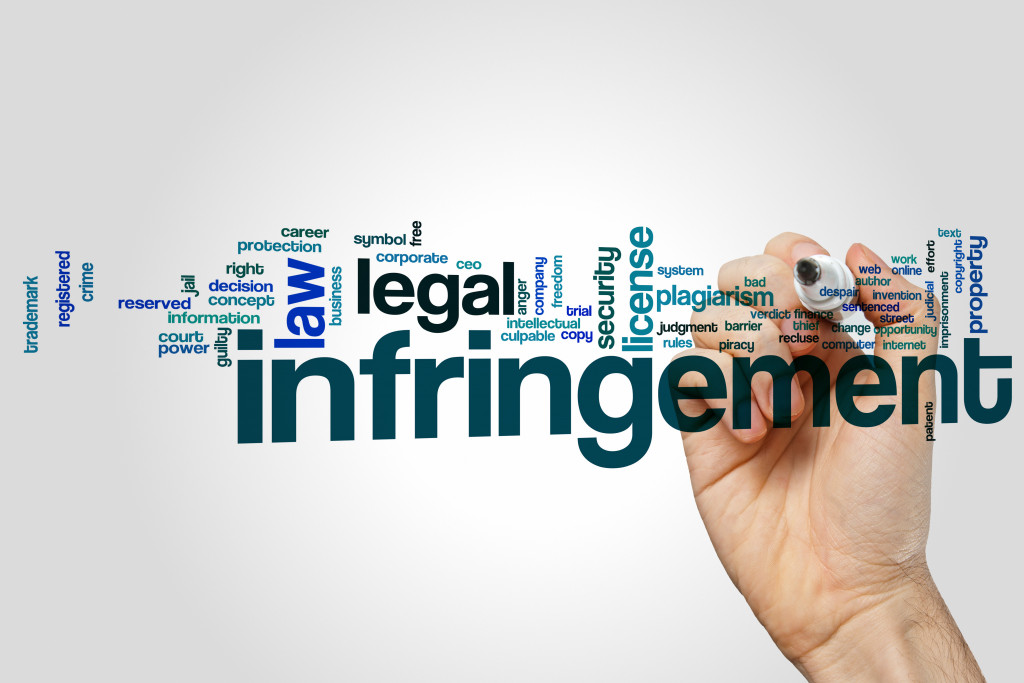Originality is overrated. In truth, much content today is a remake of or inspired by something else. It’s not out of laziness or lack of creativity, and sometimes it’s even just a mere coincidence that two creators have similar ideas. But for those that feel inspired to make their own version of a piece of work, make a commentary on it, or make a parody, they can do so, albeit in a transformative fashion. This is the line that draws it from qualifying as an act of infringement. This line is called fair use.
In some cases, boundaries become blurry to differentiate copying from transformative work. But this is something experienced creators like creative brand designers, SEO bloggers, vloggers, and other content creators know all too well. To fine-tune their perception in this context, a content creature should define copyright infringement and fair use.
What Is Copyright Infringement?
Copyright infringement of the use or creation of copyright-protected work without the authorization of the copyright holders. Copyright infringement occurs when a third party infringes on the copyright holder’s rights, like exclusive use of a work. For example, if someone pirates a movie from Netflix and uploads it to YouTube, they are infringing on the copyright of the copyright holder who owns the film. Because of this, YouTube has become stricter about its community guidelines and more proactive about protecting its creators’ original content from copyright infringement. Creators are encouraged to practice their right to protect their content through copyright striking, which is an action to report infringement upon their copyright-protected content.
What Is Fair Use?
Any reproduction of copyrighted material for a specific and transformative intent, such as commenting on, criticizing, or parodying, is considered fair use. This can be done without the authorization of the copyright owner. In other words, fair use is a defense to a copyright infringement lawsuit. Your usage would not be regarded as an infringement if it qualified as fair use. An excellent example of content with fair use would be educational blog posts. It’s common to use credible articles and quote experts for educational, factual content, so it’s up to code with fair use.
When Does Content Become Copyrighted?

Copyright is a type of intellectual property that safeguards original works once they are fixed in the creator’s tangible means of expression. Many kinds of works are protected by copyright law, including novels, illustrations, blog posts, photographs, and more. With that said, illegally producing DVDs of theater movies to sell online is infringing on copyright laws. Additionally, claiming fair use for more artistic or imaginative work (i.e., a novel, movie, or song) is less likely to support fair use claims than factual work (i.e., technical or news articles).
How Do You Recreate Content to Qualify for Fair Use?
It can be a slippery slope, but it’s essential to practice your creativity while respecting the rights and works of others. Here are some ways you can go about with that.
Repurpose Content
Add something to the content such that it is not identical with the original or the content it’s based on. It can be considered fair by transforming the purpose or use into something completely different and your own. Using a true-crime documentary as one of the references for your podcast is an example. Not only is the content for another purpose, but it’s also used for a different medium of content.
Borrowing Bits
Another factor that’s weighed for content to qualify for fair use is how much of and how copyrighted material is used. A typical example of this would be showing short clips for the purpose of informing, just like in news channels and outlets. However, if large amounts or the majority of the copyrighted material was shown, with little to no original input, it would not qualify for fair use.
Fact Over Fiction
As mentioned, content based on factual work is easier to support than content based on creative work. Courts are more protective of creative work such as music, movies, illustrations, and more, especially since these can be reproduced and distributed even before copyright owners decide when and how their work will be manufactured or published. Copyright owners have the right to determine the conditions of when their work is first published.
In Summary
Creativity and content creation are forms of expression, but they should not be at the expense of other creators’ rights. Content creation, be it in marketing, literature, academe, and other industries, should be a safe space free of exploitation and infringement on others’ rights. This is the only way to facilitate and give credit where credit is due.

